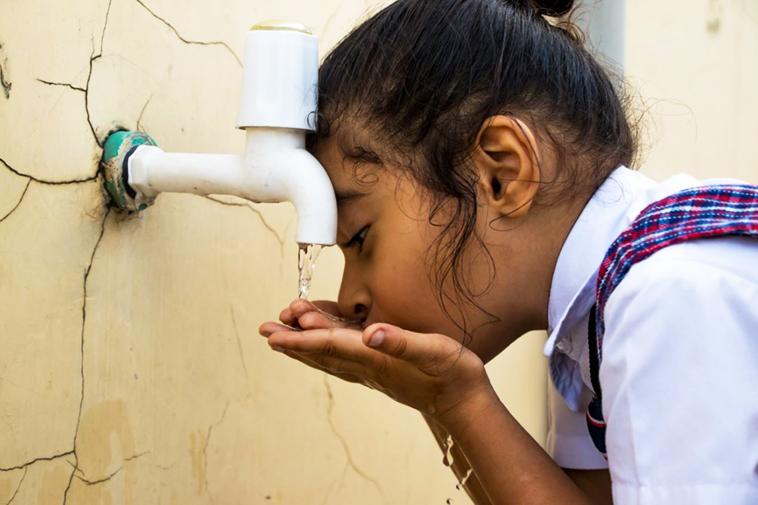How Much of the World’s Population Has Access to Safe Drinking Water?

In much of the western world, not a lot of thought is given to drinking water and how important it is that we have access to it. In fact, if we are honest, we all probably take it for granted. We take it for granted that we can just get a glass, cup or even bottle and fill it up with safe drinking water straight from the tap. Sure, some people live in areas with hard water and it is not as pleasant to drink, but it’s still safe.
You don’t need to know very much about the world though, to realize that we are in a great position if we have access to fresh drinking water. We are constantly reminded of those in the world who are not so fortunate and who don’t have free access to safe drinking water. Whether it’s through news reports, blog posts, documentaries or those charity infomercial appeals, it can’t possibly have escaped our notice.
Have you ever wondered how much of the world doesn’t have access to a safe drinking water source? Whether it’s to have a better understanding of the extent of the problem, because you don’t want to live with your head in the sand or because you want to proactively do something to help, you may find this post interesting.
The Difference Between Safely Managed Drinking Water Services and Basic Service
There are various statistics you will come across if you researched the subject of safe drinking water. These statistics revolve around the different types of access people have to safe drinking water. Before we look at the actual numbers and figures, it’s worth shedding some light on what the different terms mean.
- Safely Managed Drinking Water Service – this is the first you will come across and basically refers to a water source that is inside or at least on the premises of a building or property, available as and when it is needed and does not contain any contaminants.
- Improved Drinking Water Source – this is the term that generally refers to a water source that through ongoing intervention or its construction, it is likely to be protected from external contaminants, especially fecal matter contamination.
- Unimproved Water Source – this is the direct opposite of an improved water source.
- Basic Water Service – this is a relatively new term that was introduced in 2017 that consists of drink water that comes from a source that involves a collection time of a round trip that takes 30 minutes or less.
- Limited Water Service – this is a term that is used to describe an even lower level service than the one above. It is essentially the same but has a collection time over 30 minutes.
Now you have a clearer understanding of what the different terms are used to describe the kind of water sources people have access to, how many people have access to good and safe drinking water?
Shockingly, it is just 71% of the world’s population. Which worked out at about 5.3 billion people.
—
There is still clearly a lot that needs to be done to improve the conditions people have to live in the world. Especially as there are many who can’t get access to one of the most important things, we all need – fresh, clean and safe drinking water.
